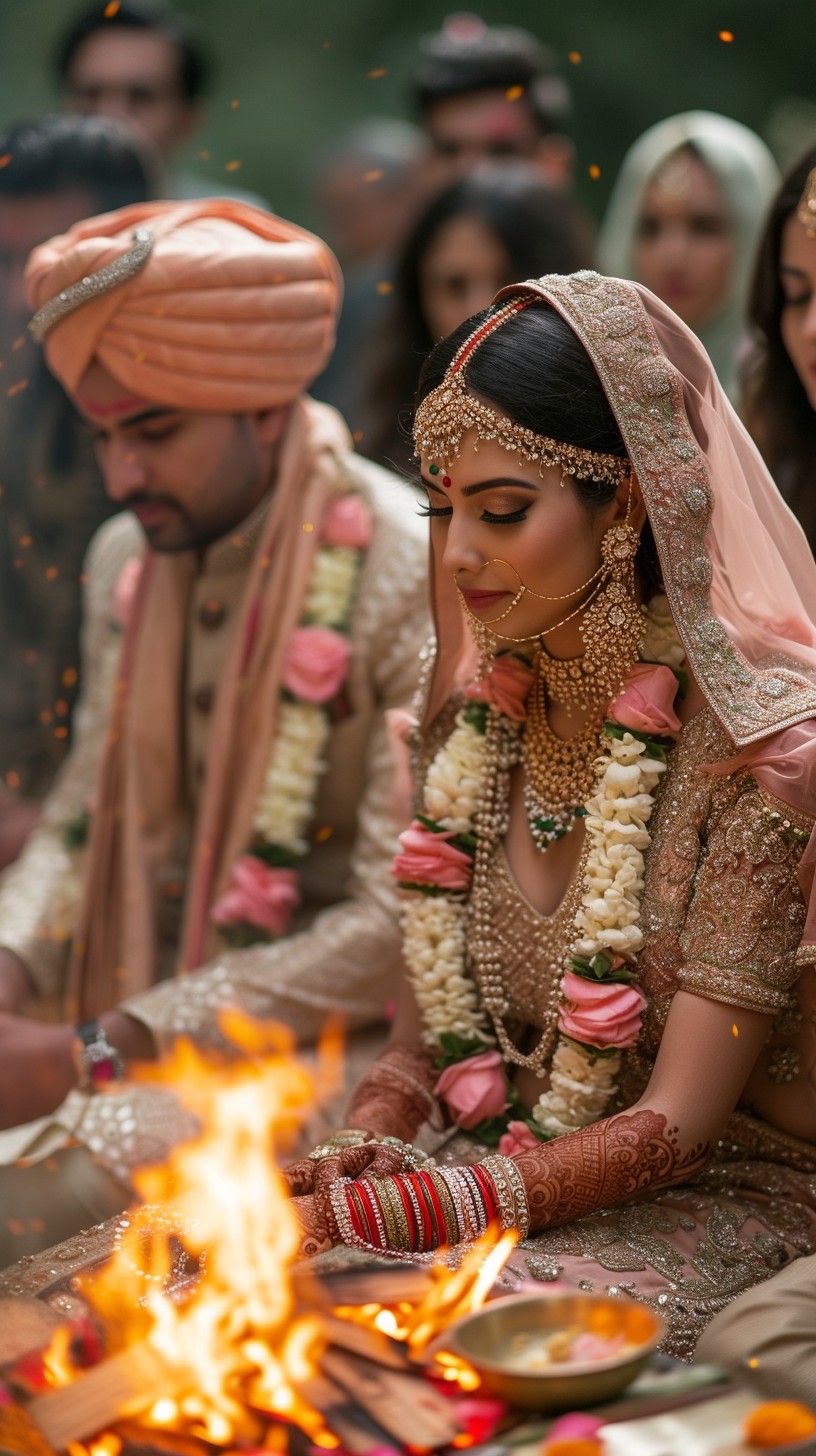TRADITIONS: The handing down of information, beliefs, or customs from one generation to another. Over the years, some traditions have become obsolete and replaced with modern etiquette, while others remain, such as:
- There was a lot of shoe throwing in the old days. The groom “symbolically” struck the bride with a shoe to “establish his authority”. Brides would throw shoes at their bridesmaids (instead of a bouquet) to see who would marry next. Whoever caught it would throw her shoe at the men the first hit would be the one to wed.
- The bride’s friends would “shower” her with gifts before her wedding in case her father didn’t approve of her groom and would not provide the necessary dowry for her to marry the man of her choice. The gifts they gave would become her dowry (A dowry was a very common institution in Roman times, and it began out of desire to have the bride’s family contribute a share of the costs in setting up the new household).
- Marriage by capture was traditional practice. Close friends of the groom would assist him in taking the bride from her family by forming a small army to fight off angry relatives so he could escape with her.
- The bride was often accompanied by a child. Flower girls and ring bearers symbolized a fruitful union. The flower petals tossed in the bride’s path were representative of the way to a beautiful future.
- The “Stag” or bachelor party originated in Sparta in the fifth century. The groom’s groomsmen toasted him and feasted the night before his wedding.
- During Roman weddings, the maid-of-honor was a moral role model, known for fidelity and obedience.The maid-of-honor had to have been married no more than once, and have a living husband. Her main duty was to join the right hands of the bride and groom for the first time at the ceremony.
- A maid-of-honor attended to the bride-to-be for several days prior ensuring the bridal wreath was made and helping her get dressed.
- In the event the bride’s family would try to retrieve her from her groom, get revenge, or another suitor would try to take her, or she might try to escape; the best man stood right next to her at the wedding at the ready with his weapon. Later, he was moved to the groom’s right side (possibly due to jealousy on the part of the groom). After the ceremony the best man stood guard outside the newlyweds bedroom.
- The tradition of the best man is thought to have originated with the Germanic Goths of the 16th century. The best man’s main job was specifically to steal the bride from her neighboring community or disapproving family. He was probably the best swordsman too.
- In early traditions, the groomsmen were called Bride’s Knights, because they helped protect her, her dowry, and her virginity, or because they assisted in her kidnapping.
- Groomsmen led the bride to the church for the ceremony.


Leave a Reply